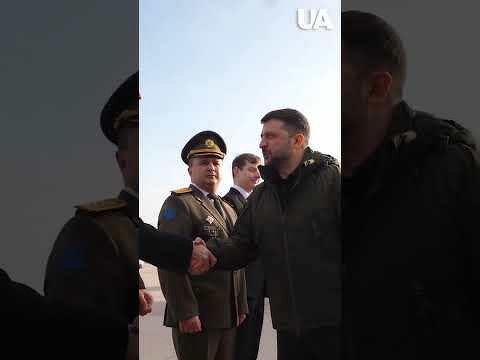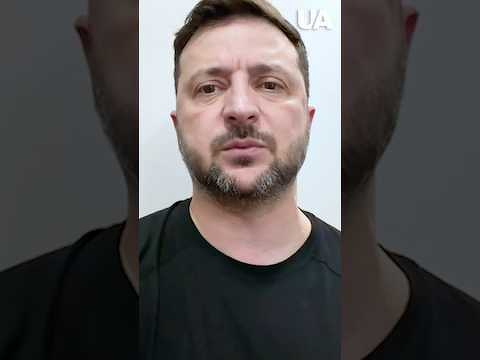
Reading

Spies, Lies, and Algorithms
Amy B. Zegart
Ukraine
Russia
Photos
USA
Zelensky faces election pressure as war drags on | Ukraine This Week
Ukraine
Photos
Belarus contacted Ukrainian intelligence to offer release of political prisoners via Ukraine, Zelensky says
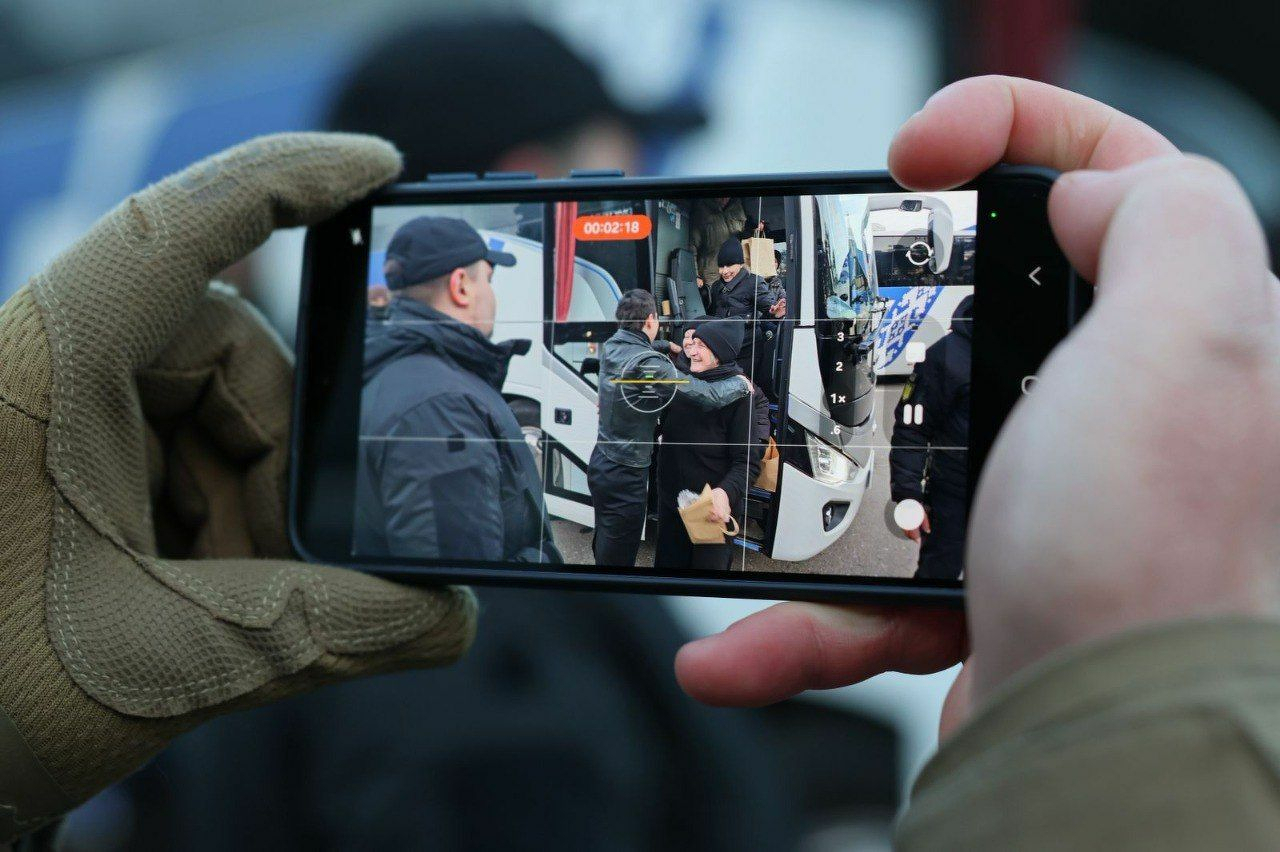
Photos
❗️ZELENSKY arrived in GERMANY! Negotiations with the Americans will start TODAY #shorts
Ukraine
Russia
Photos
Ukraine says it destroyed pipeline Russia used to infiltrate Kupiansk, releases video
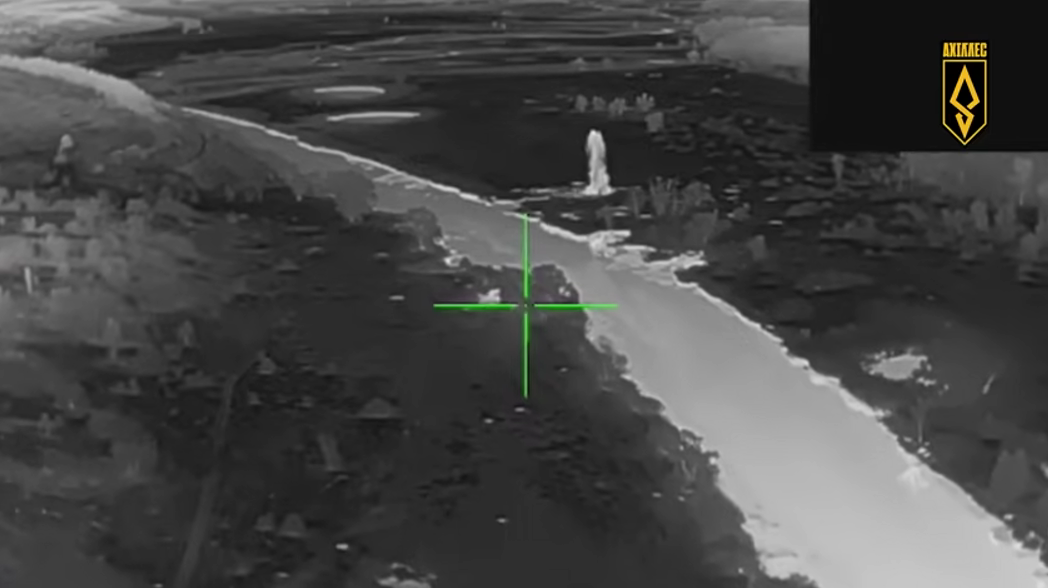
Photos
Zelensky visits Germany for talks with US, European officials amid peace push
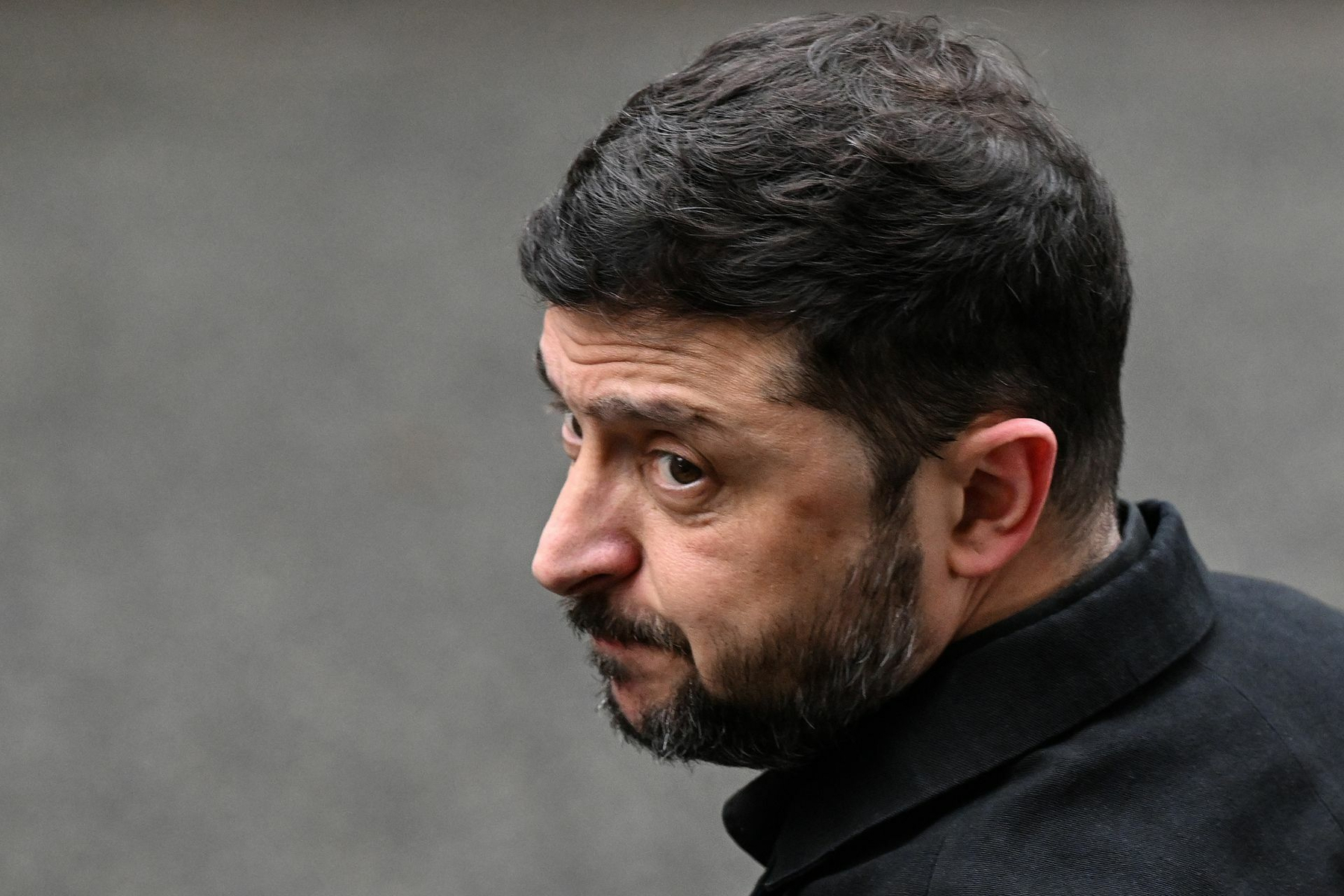
Ukraine
Russia
Photos
Russia hits supermarket in Zaporizhzhia in Ukraine, injures at least 6, including child
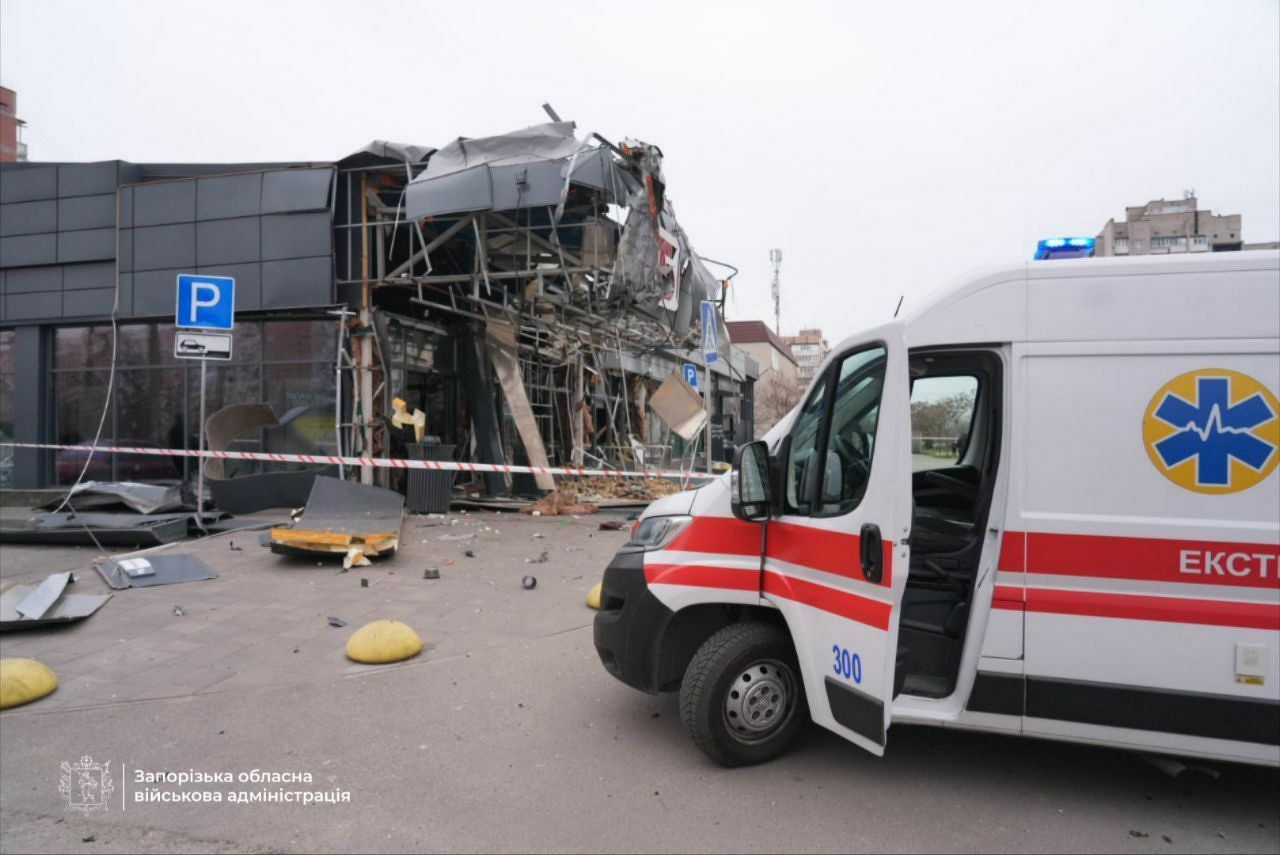
Ukraine
Russia
Photos
Russian attacks kill 2, injure 11 in Ukraine, hit Turkish cargo ship over past day
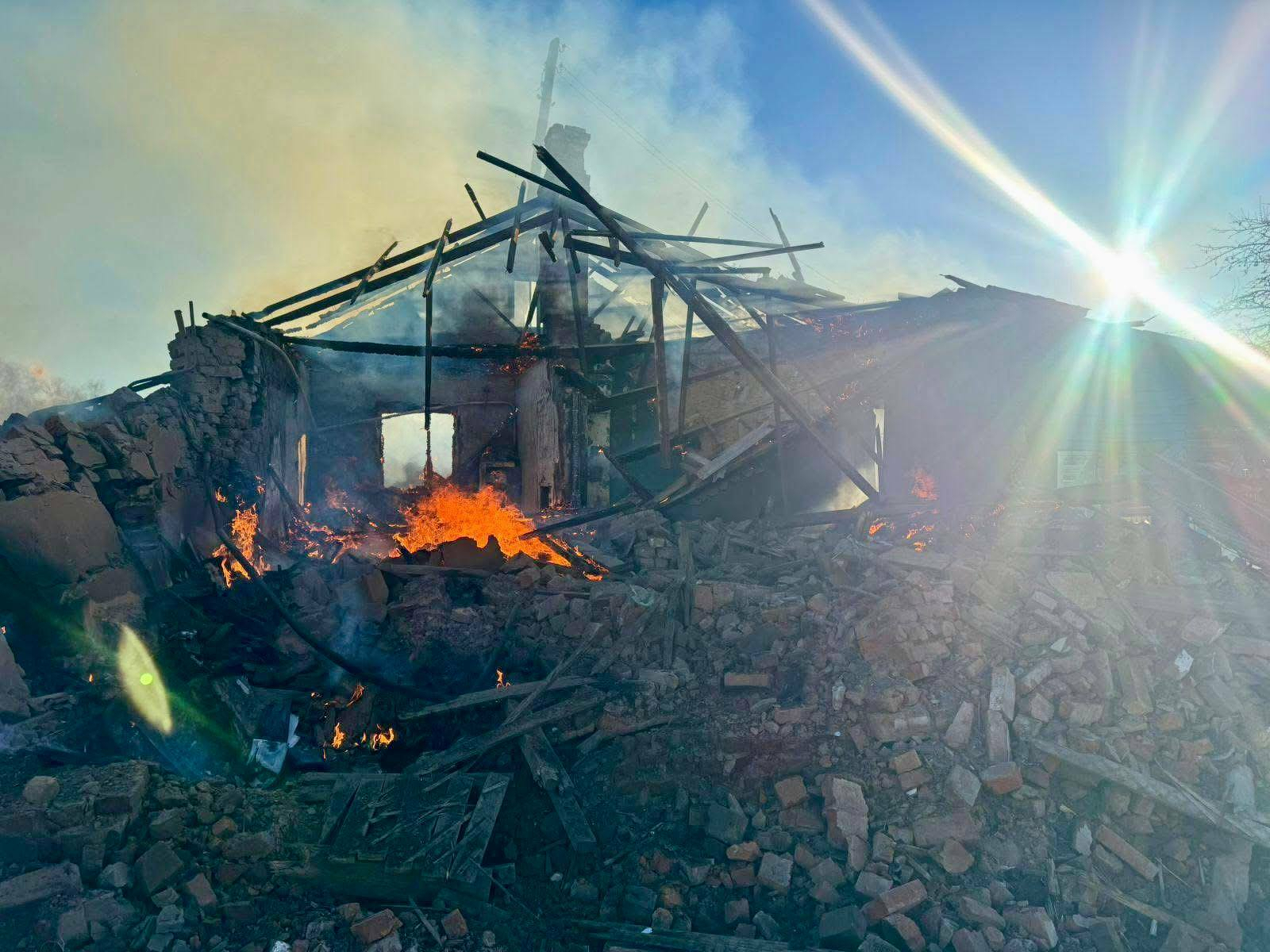
Ukraine
Russia
Photos
General Staff: Russia has lost 1,188,490 troops in Ukraine since Feb. 24, 2022
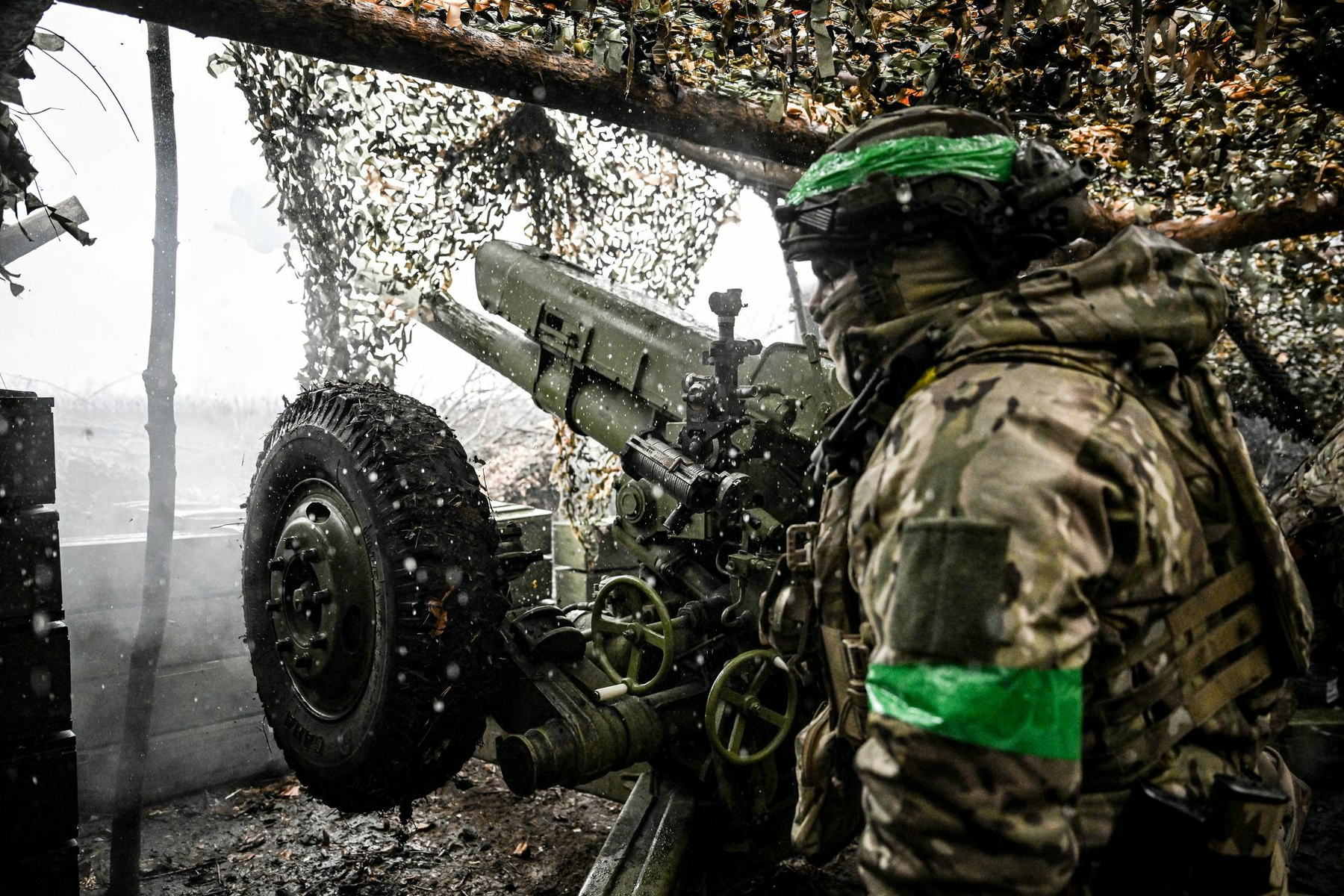
Russia
Photos
Russia’s December oil and gas revenue set to drop to lowest level since 2020, Reuters reports

Ukraine
Russia
Photos
Ukraine sanctions nearly 700 vessels tied to Russia’s 'shadow fleet'

Ukraine
Russia
Photos
Explosions reported at oil depot in occupied Crimea, several Russian energy sites amid Ukrainian drone attack

Russia
Photos
Without China, Putin would not be able to wage war – secrets of the Alliance #shorts
Russia
Photos
⚡️RUTTE sounds alarm in Berlin! Putin "RECKLESS," alliance rearmament INSUFFICIENT!
Photos
❗️We are preparing for a meeting with the American side and Europeans, — Zelenskyy #shorts
Ukraine
Russia
Kyiv: Russia’s advance on Pokrovsk has slowed as Ukrainian Forces hold the north
Ukraine’s Forces say they continue to hold a significant part of Pokrovsk.
The pace of Russia’s advance toward Pokrovsk has markedly slowed, according to Ukraine’s military. Ukrainian Forces continue to hold and control the northern part of the city, …
Ukraine
Ukraine to disband international legions and reassign fighters to assault units, sparking backlash
All four Ukrainian Army units known as the “International Legions” are slated to be disbanded by the end of 2025, with personnel reassigned to assault forces - a plan that has already met public resistance, according to a BBC report.
The …
Russia
Photos
⚡️ 1.8 MILLION SHELLS: G7+ creates "ENERGY SHIELD" against Russian strikes!
Ukraine
Photos
Ukraine sends a message to Kadyrov: high-rise building in central Grozny damaged #shorts
Russia
Photos
India’s short-sighted embrace of Russia will endanger its own national security
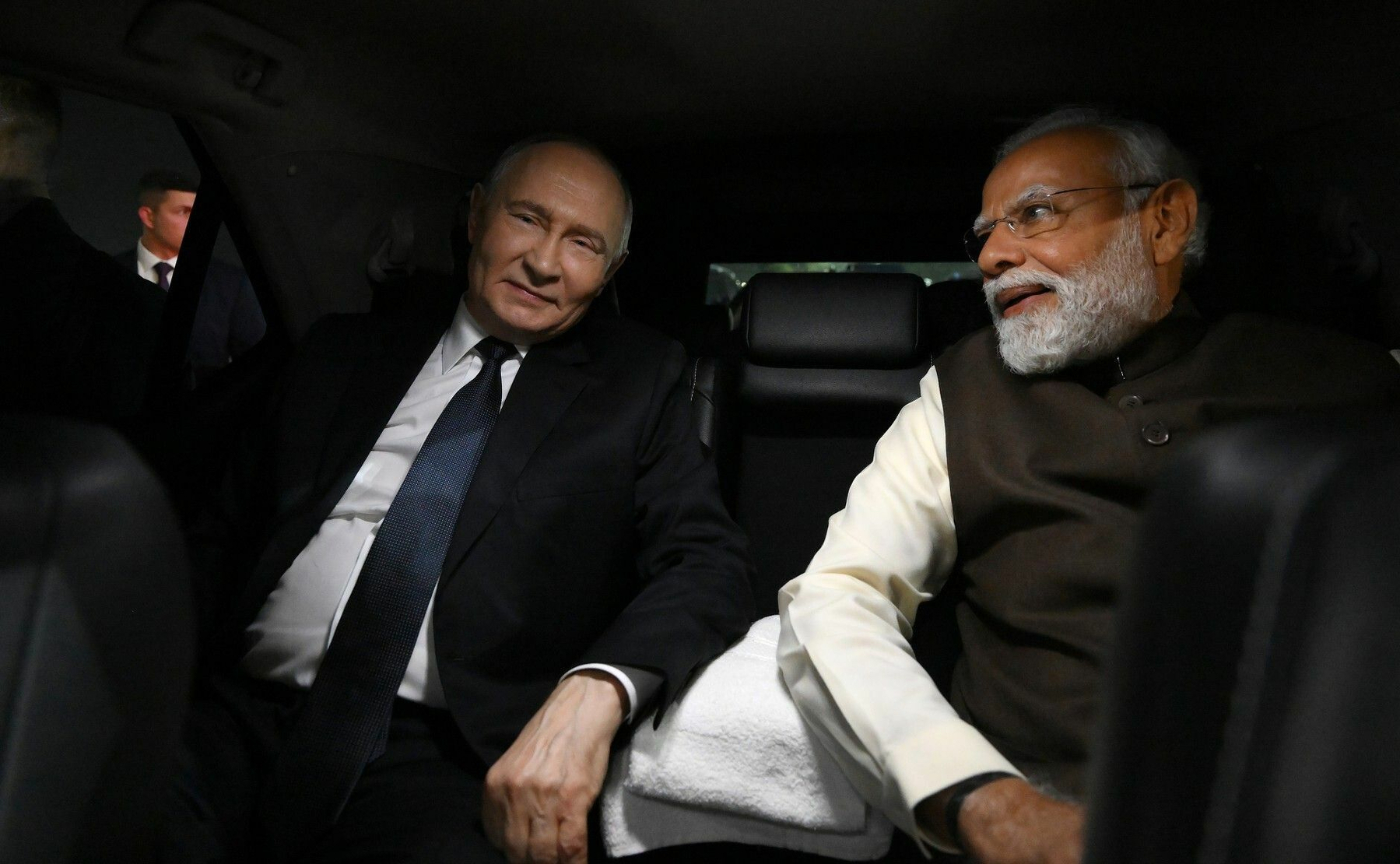
About the author: Michael Rubin is a senior fellow at the American Enterprise Institute and director of policy analysis at the Middle East Forum.
It was all pomp and circumstance when Russian President Vladimir Putin arrived in India. Putin made his …
Ukraine
Russia
Photos
⚡️ URGENT! POKROVSK HOLDS THE STRIKE: UKRAINIAN FORCES FOILED RUSSIAN PLAN!
Ukraine
Russia
Russia launches massive drone and missile attack on Odesa
Overnight on December 13, Russia’s military launched a mass strike on Odesa with attack drones and missiles, sparking fires at sites of civilian infrastructure, Ukrainian officials said.
The strikes ignited administrative buildings as well as energy …
Photos
US lifts sanctions on Belarusian potash, as Minsk releases over 100 political prisoners
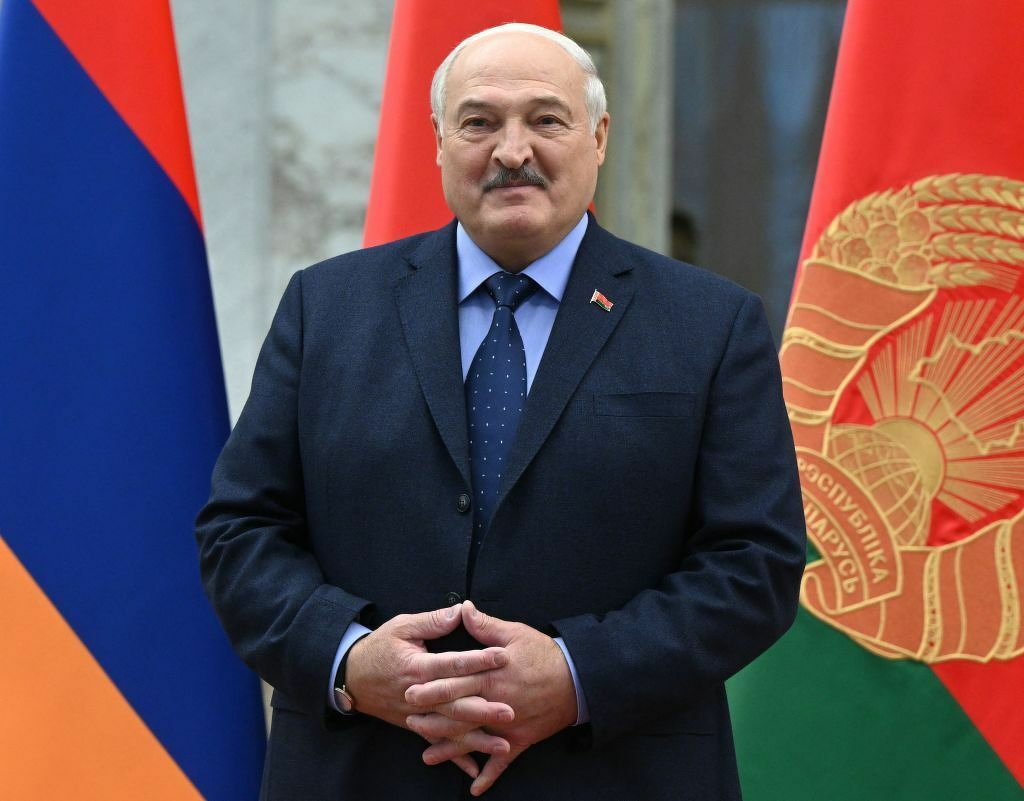
Ukraine
Russia
Syrskyi visits front near Pokrovsk, details Ukraine’s active defense strategy
The situation around Pokrovsk remains difficult as Russia is bringing fresh reserves to the area, but Ukraine is continuing an “active defense” strategy, Commander-in-Chief of Ukraine’s Armed Forces Oleksandr Syrskyi said in a Facebook post.
Syrskyi …
